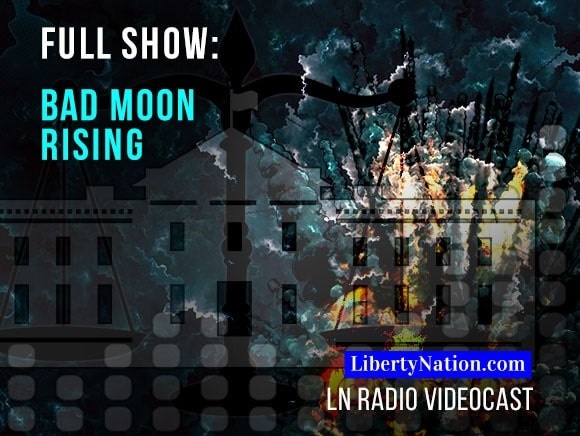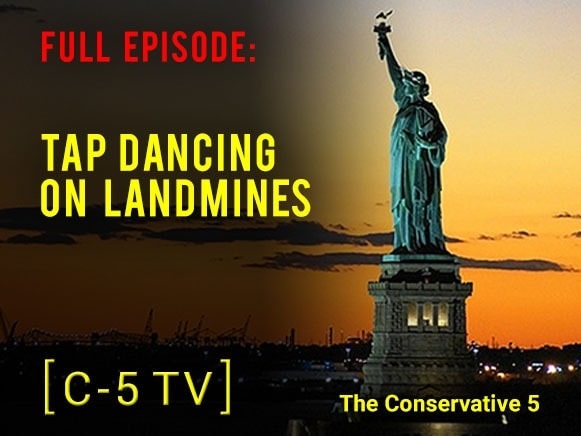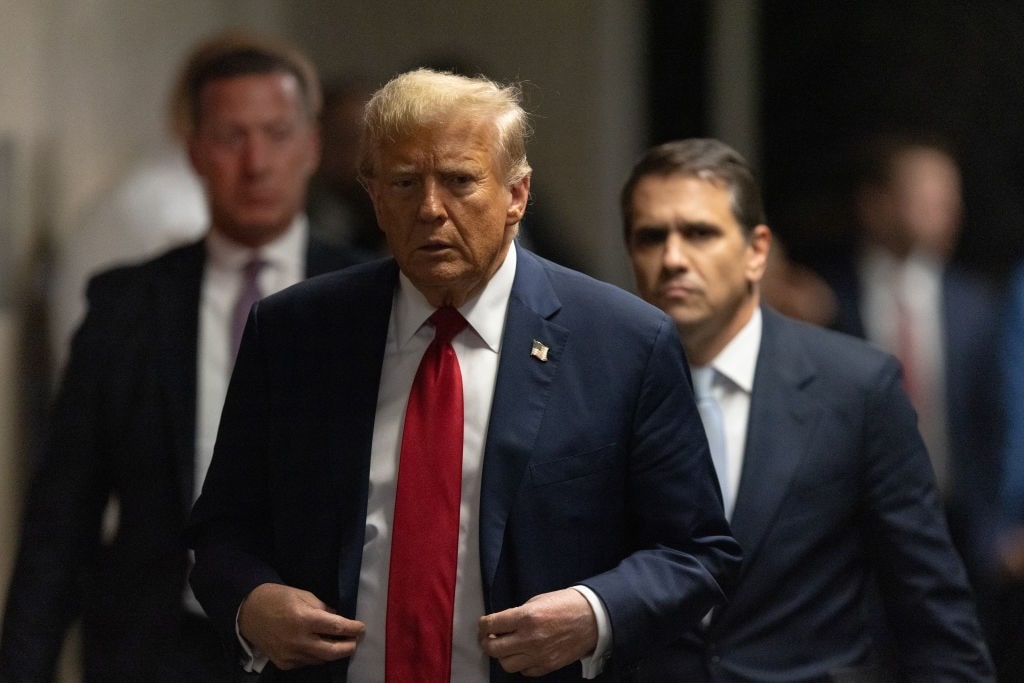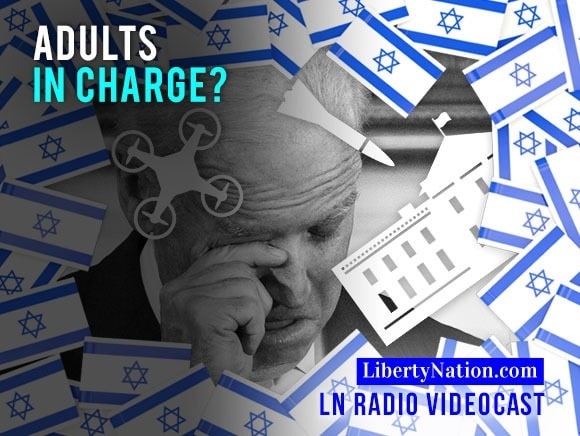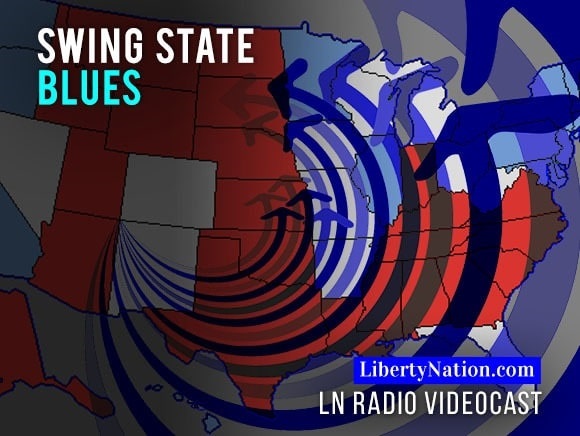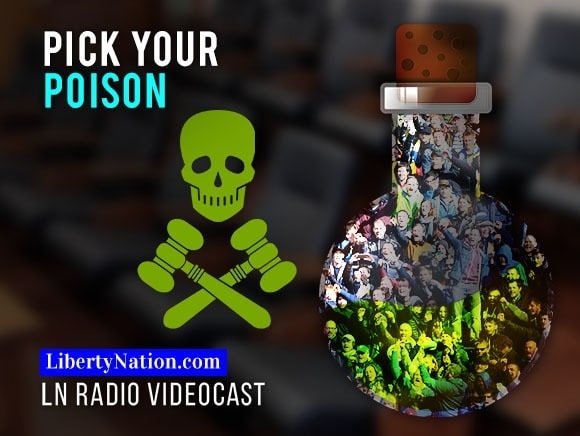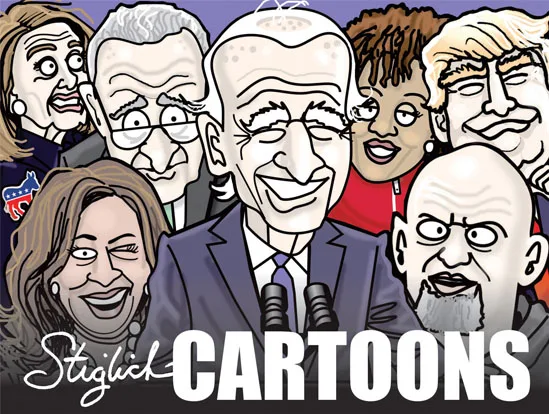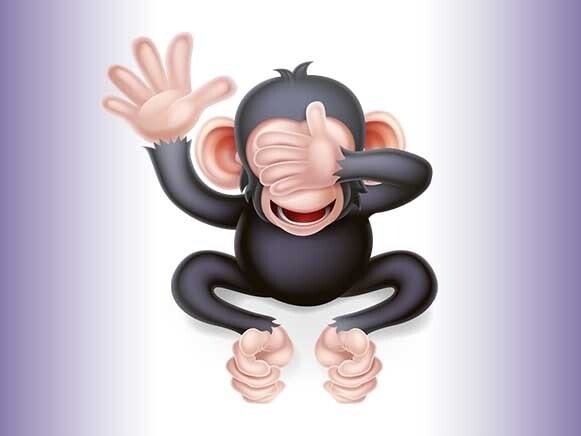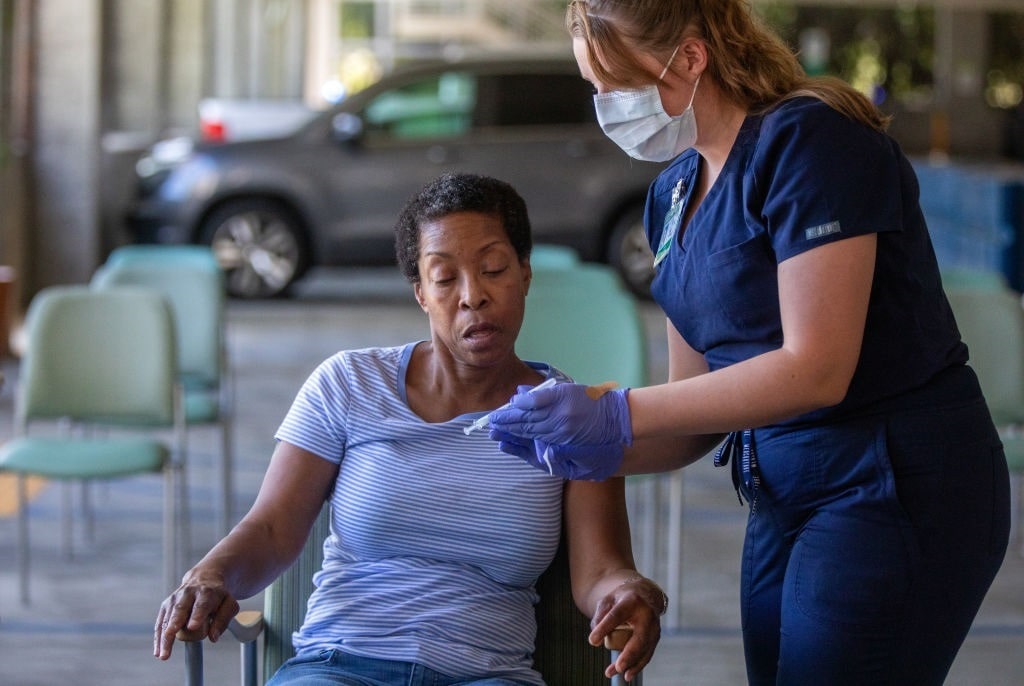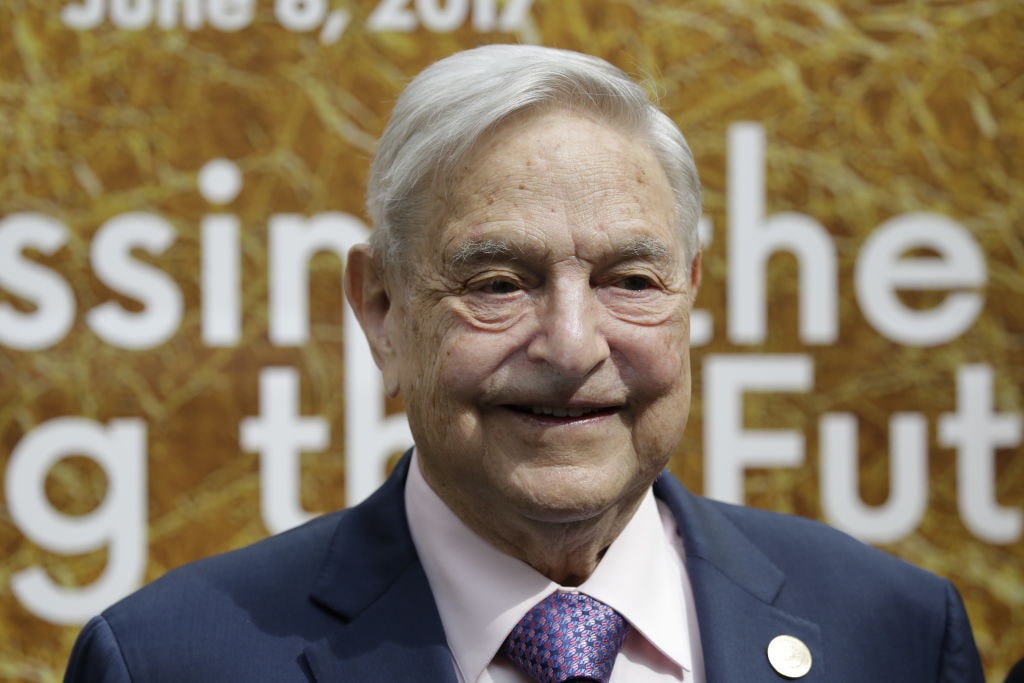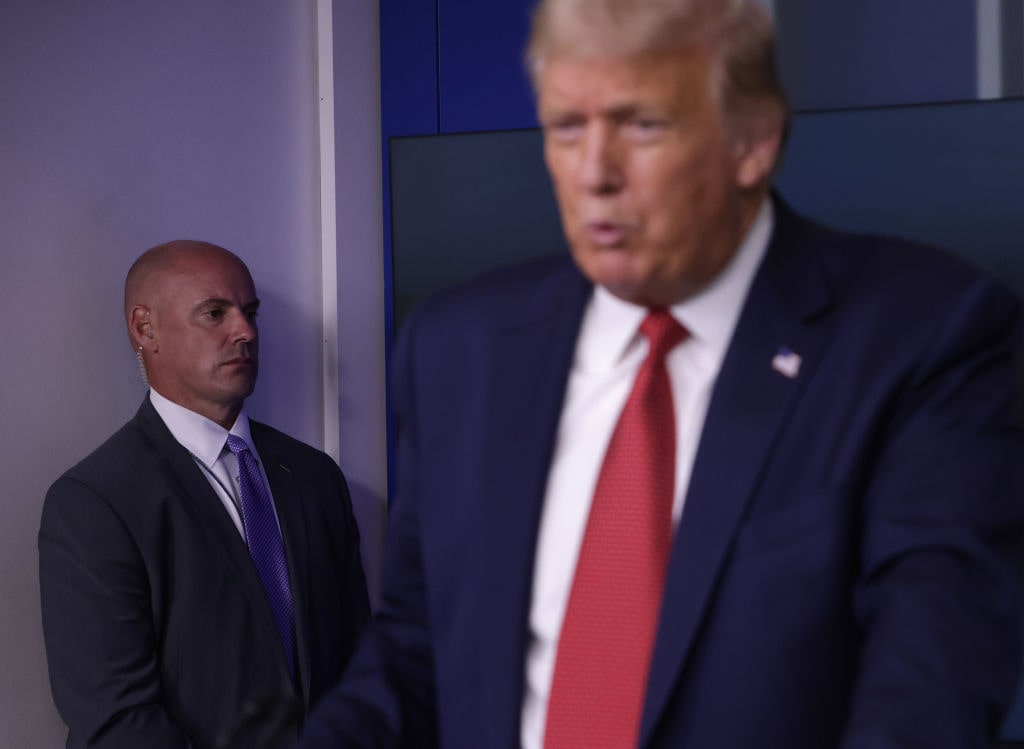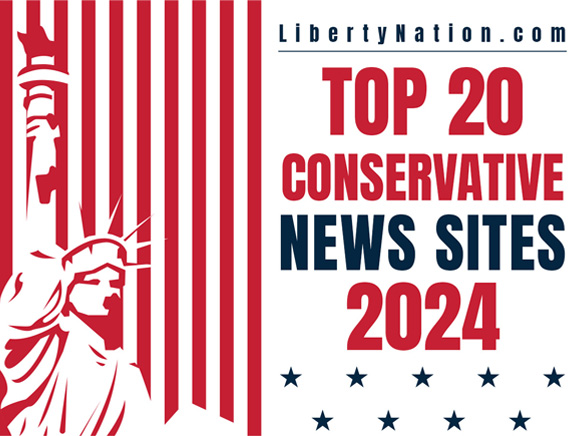TV & Talk
Front & Center

Breaking News
Supreme Court Leans Toward Some Presidential Immunity
Donald Trump’s immunity claim appears to have gone over well, at least to a certain degree. “The ... Read more
US Economy Sluggish at Start of 2024
It’s not really surprising news, is it? “The US economy grew at a slower pace than expected at t ... Read more
NY Appeals Court Overturns Weinstein Conviction
A happy day for Harvey Weinstein. “The New York Court of Appeals has overturned the disgraced film ... Read more
LN Exclusives
Editor's Choice
Free Thinking. Free Speech.
A Free-Thinking Future Starts Here



